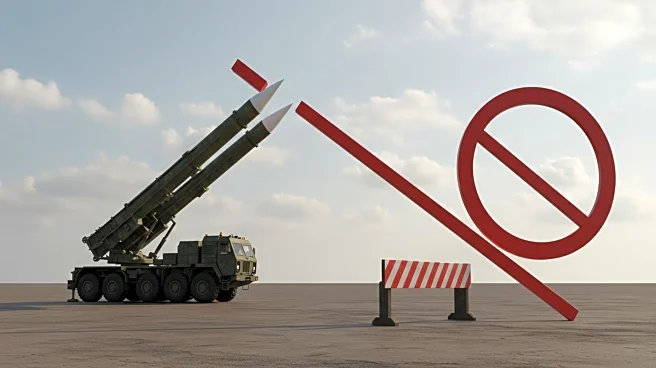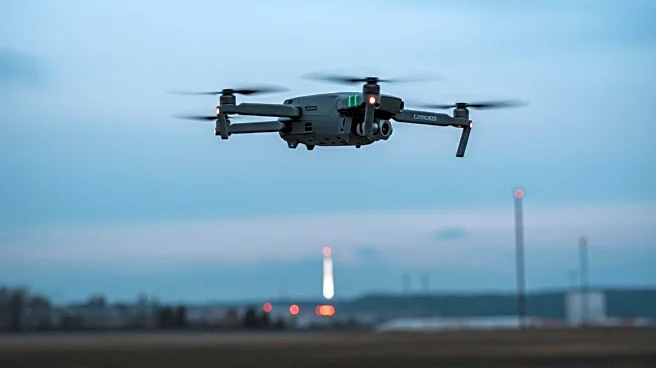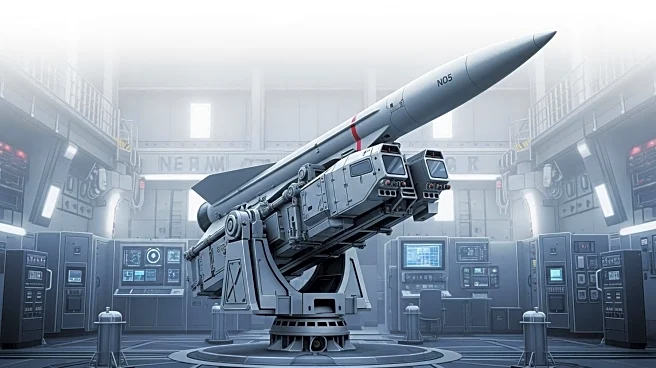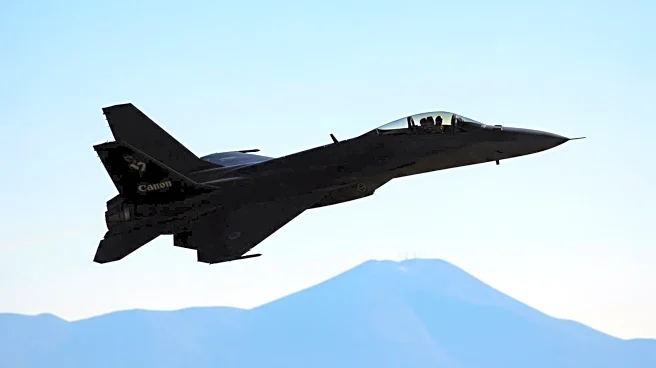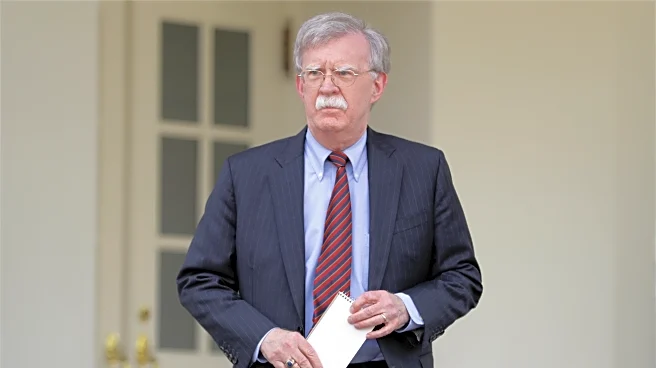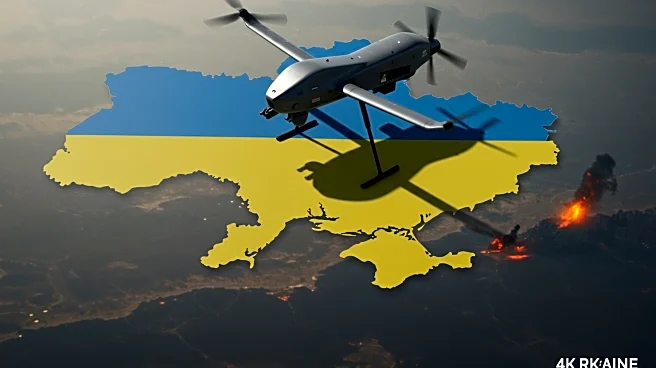Rapid Read • 8 min read
The U.S. military is actively seeking a small uncrewed aircraft system (UAS) that replicates the characteristics of the Iranian-made Shahed-136 kamikaze drone, which has been heavily utilized in Ukraine. This initiative is not intended to deploy a similar weapon for allied use but rather to develop cost-effective solutions for defending against swarmed aerial threats. The Pentagon's request for information (RFI) asks industry to submit options for a Group 3 UAS with capabilities akin to the Shahed-136, to be used as a target drone. The Pentagon plans to purchase at least 16 of these aircraft to support development on an unspecified counter-UAS weapons program. The Shahed-136 drones, produced under license by Russia, have been deployed en masse, posing unique challenges for Western air defense systems.
AD
The development of a UAS to counter the Shahed-136 drone is significant due to the challenges these drones pose to Western air defense systems. The simplicity and low production cost of Shahed-136s allow for large numbers to be fired simultaneously, potentially overwhelming air defenses. This creates a cost imbalance between defenders and attackers, as defensive networks rely on expensive, high-performance surface-to-air missiles. The Pentagon's initiative aims to address this imbalance by developing lower-cost options for shooting down one-way UAS like the Shahed-136, which could enhance the effectiveness of air defense systems and reduce costs.
The RFI is open until September 10, and the Pentagon is seeking proposals that are one-to-one scale, reverse-engineered copies of Shahed-136s. These target drones must have the same form, fit, and function, including rear-facing propellers and the ability to carry 36kg warheads. The aircraft must be radio-controlled and capable of autonomous flight, with a support crew of no more than three individuals. The development of these target drones will enable testing of various counter-UAS weapons, potentially leading to more effective defense strategies against swarmed aerial threats.
The Pentagon's initiative to replicate the Shahed-136 drone highlights the evolving nature of aerial threats and the need for innovative defense solutions. The focus on cost-effective countermeasures reflects broader strategic considerations in military planning, emphasizing the importance of adaptability and resource efficiency in addressing emerging challenges. This development may also influence international defense collaborations and technological advancements in drone warfare.
AD
More Stories You Might Enjoy


